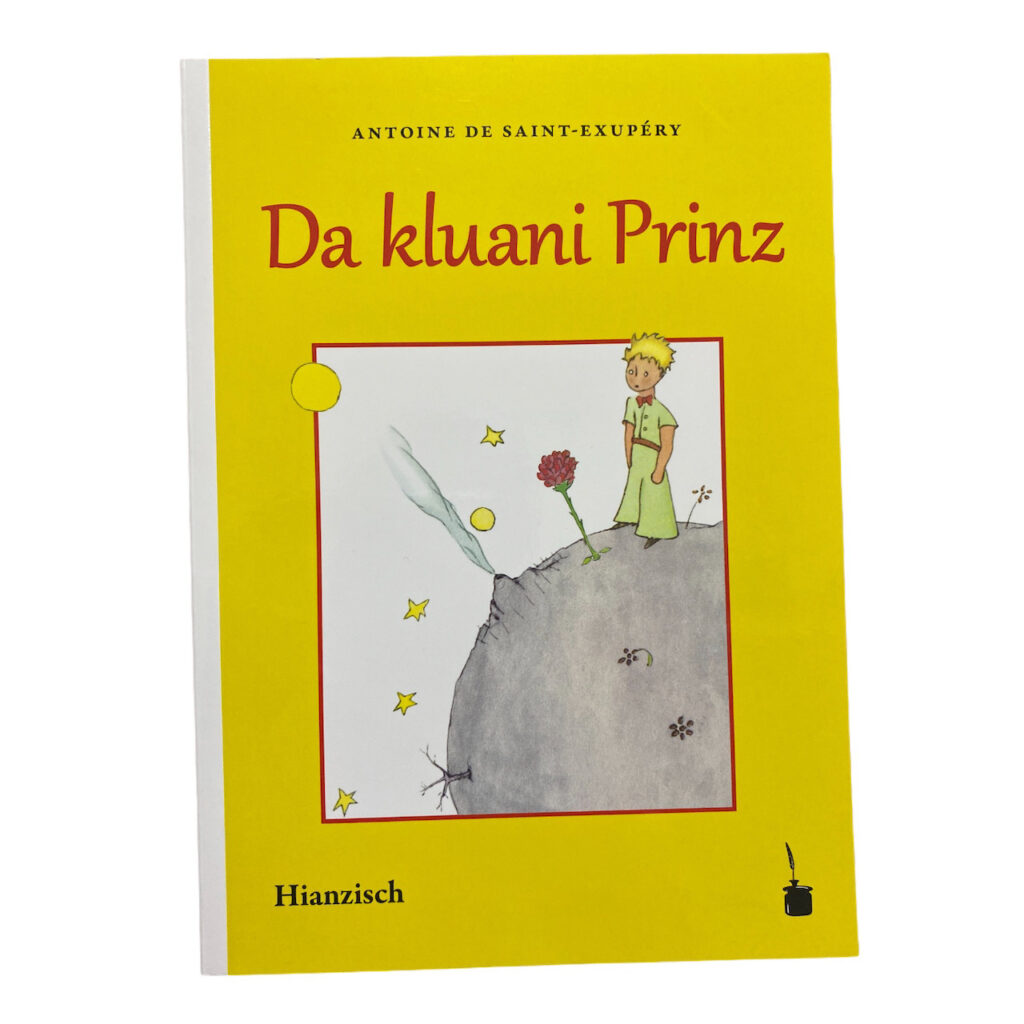
Da Kluani Prinz — in Bavarian dialect of Hianzisch
The term Burgenland Hianzisch or Hianzisch can sometimes lead to confusion as it’s primarily associated with the Burgenland Croatian community. However, when referring to the Burgenland variant of the Bavarian language, it’s important to clarify that we’re discussing the German dialects spoken in the Austrian state of Burgenland, which are part of the wider Bavarian dialect group. This clarification is crucial because Burgenland is a linguistically diverse region, home to German, Croatian, Hungarian, and Romani-speaking communities.
Burgenland, the easternmost state of Austria, has a complex linguistic heritage due to its historical transitions between different sovereignties, most notably its incorporation from Hungary into Austria in the aftermath of World War I. This history has contributed to the linguistic diversity of the region, including the presence of German dialects alongside other languages
The Bavarian dialects of Burgenland share many characteristics with other Bavarian dialects spoken in Austria, but they also have unique features influenced by the region’s history and its geographical proximity to Hungary and the rest of Austria. These can include specific phonetic traits, vocabulary, and expressions not found in Standard German or even in other Bavarian dialects. Given Burgenland’s multilingual environment, its Bavarian dialects have been influenced by Hungarian, Croatian, and even Romani languages. This is evident in loanwords and certain idiomatic expressions.
This dialect is used in everyday communication, particularly in rural areas and among older generations. However, Standard German predominates in formal education, media, and public life. The dialects convey a sense of local identity and are an integral part of the region’s cultural heritage.


